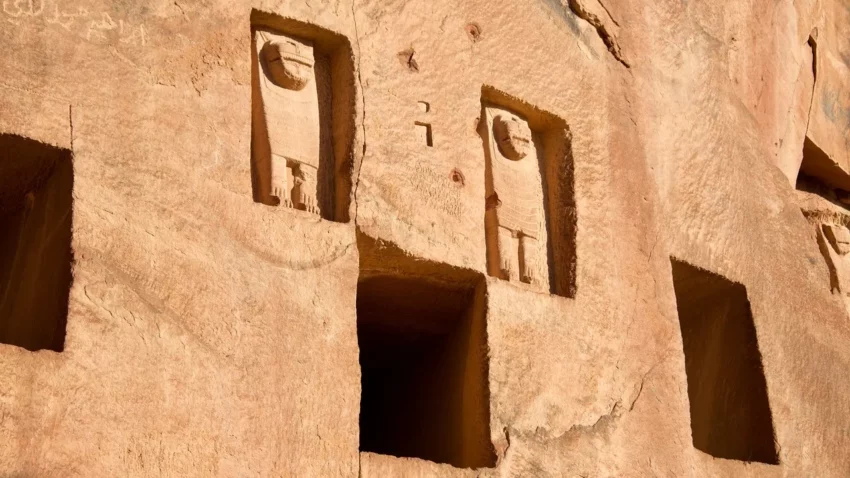The Ancient Lion Tombs of Dadan: A Glimpse into a Bygone Civilization
The Lion Tombs of Dadan, carved into the rocky landscape, stand as silent sentinels to an ancient past. These burial sites, located in the region of Al-Ula, Saudi Arabia, date back to around 600-500 BC. Each tomb, adorned with lion reliefs, offers a window into the spiritual beliefs of the Dadanite people. The lions were not merely decorative; they symbolized guardianship, believed to protect those buried within.
Get your dose of History via Email
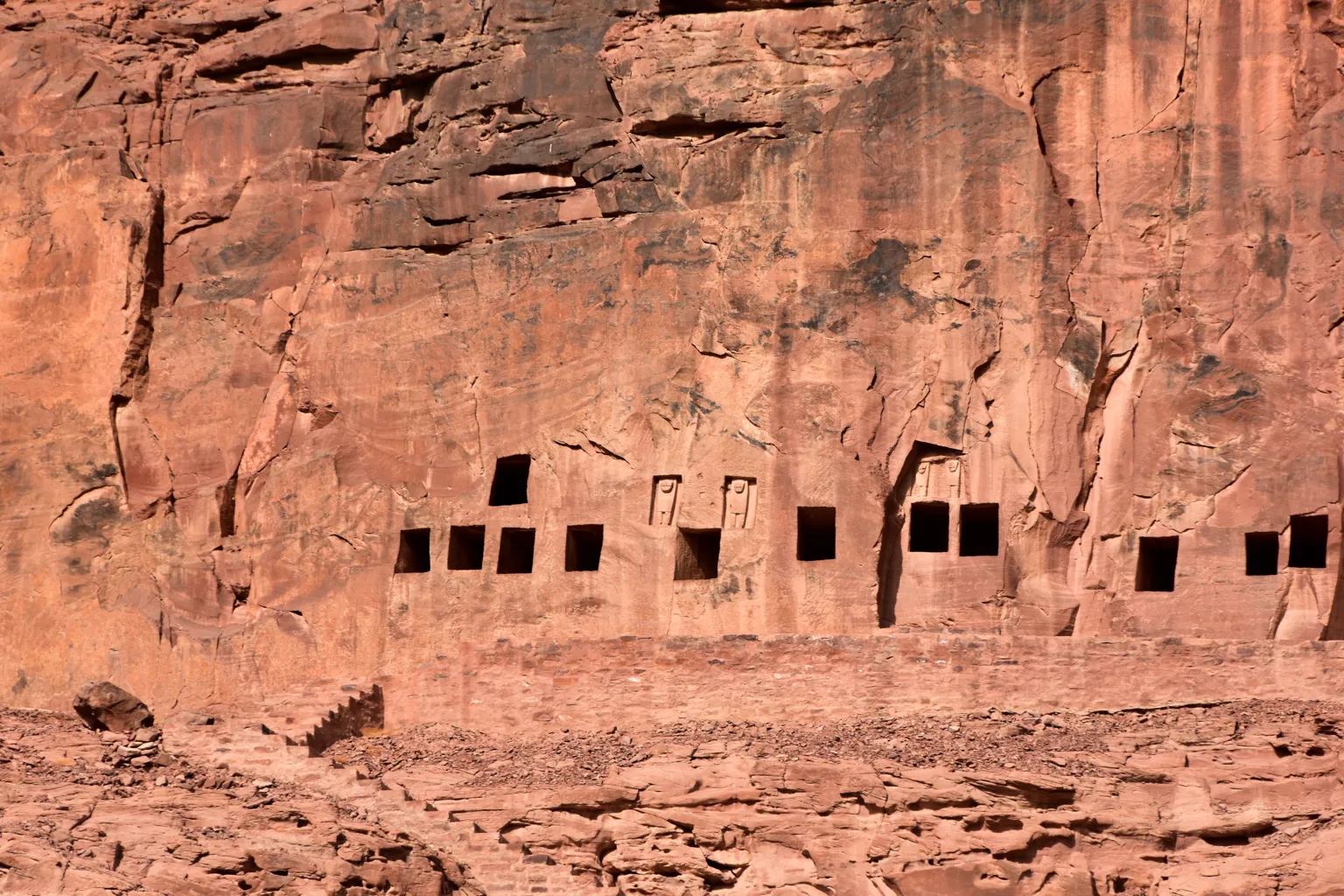
The Dadan Kingdom: A Trading Hub and Cultural Crossroads
The area surrounding Al-Ula is better known for the famous Nabataean tombs at Hegra, built in the first century. However, the Lion Tombs at Dadan predate Hegra by several centuries. Archaeologists unearthed evidence of the Dadan civilization just south of Hegra. This kingdom, sometimes referred to as Lihyan, played a pivotal role as a trading hub on the frankincense route.
The city of Dadan, the capital of this ancient kingdom, is mentioned in the Book of Ezekiel in the Hebrew Bible. It served as a major trading partner of Tyre, a city in modern-day Lebanon. Positioned strategically along the trade routes linking the Levant with Oman and Yemen, Dadan thrived as a center of commerce, especially in the trade of frankincense.
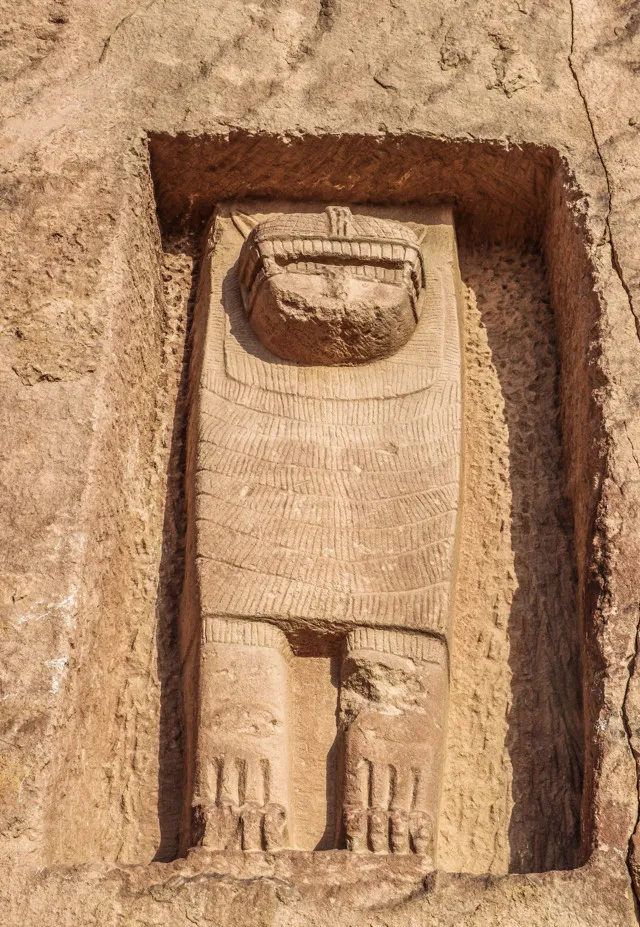
Cultural Influences and Archaeological Discoveries
The strategic location of Dadan exposed it to various cultures, which is evident in the archaeological remains. A fortified city, buried under the sands of time, revealed a blend of artistic and architectural influences. The Dadanite tombs, found on Jebel Dadan, a mountain beside the ancient city, reflect a simpler design compared to the more elaborate Nabataean tombs. These tombs are typically small square niches cut into the rock. According to Dadanite beliefs, burial in the mountains would allow the souls of the deceased to reach heaven more swiftly—a belief shared by the Lycians of modern-day Turkey.
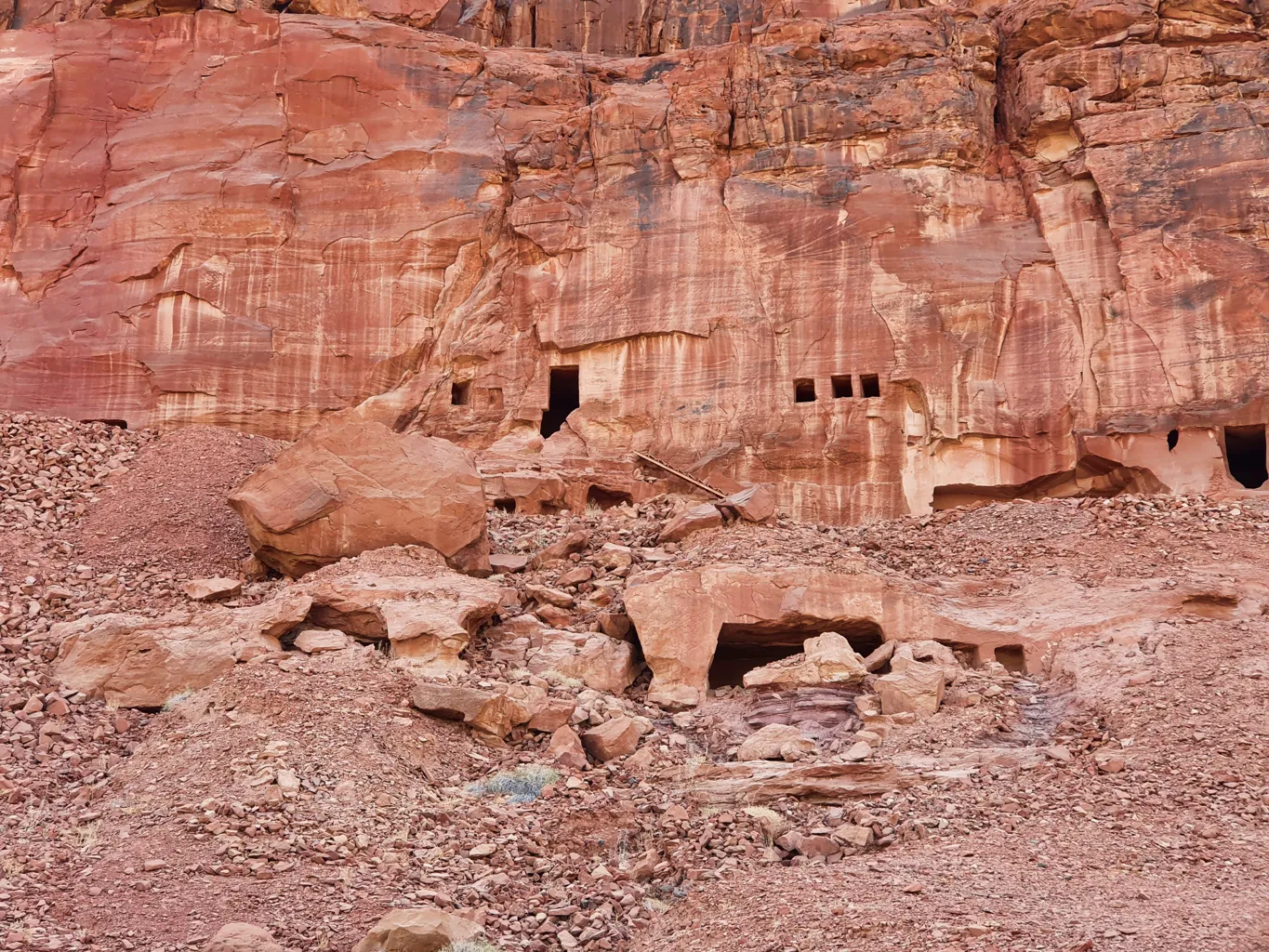
The Mystery of the Lion Tombs
Most of the Dadanite tombs are unadorned, save for two that stand out. Located about 50 meters above the wadi, these tombs are marked by large lion reliefs, each as big as the tomb’s opening. The lions’ presence suggests that the individuals buried here were of great importance, possibly wealthy or powerful. However, the fact that only these two tombs bear such emblems raises intriguing questions.
An inscription found at the base of these tombs provided a crucial clue. It identified the buried individuals as Minaeans, people from Yemen. This discovery led to the theory that these Minaean traders, living in Dadan, wanted to mark their identity by decorating their tombs in accordance with their traditions. If so, they succeeded. Over two thousand years later, these tombs still capture the attention of archaeologists and visitors alike.
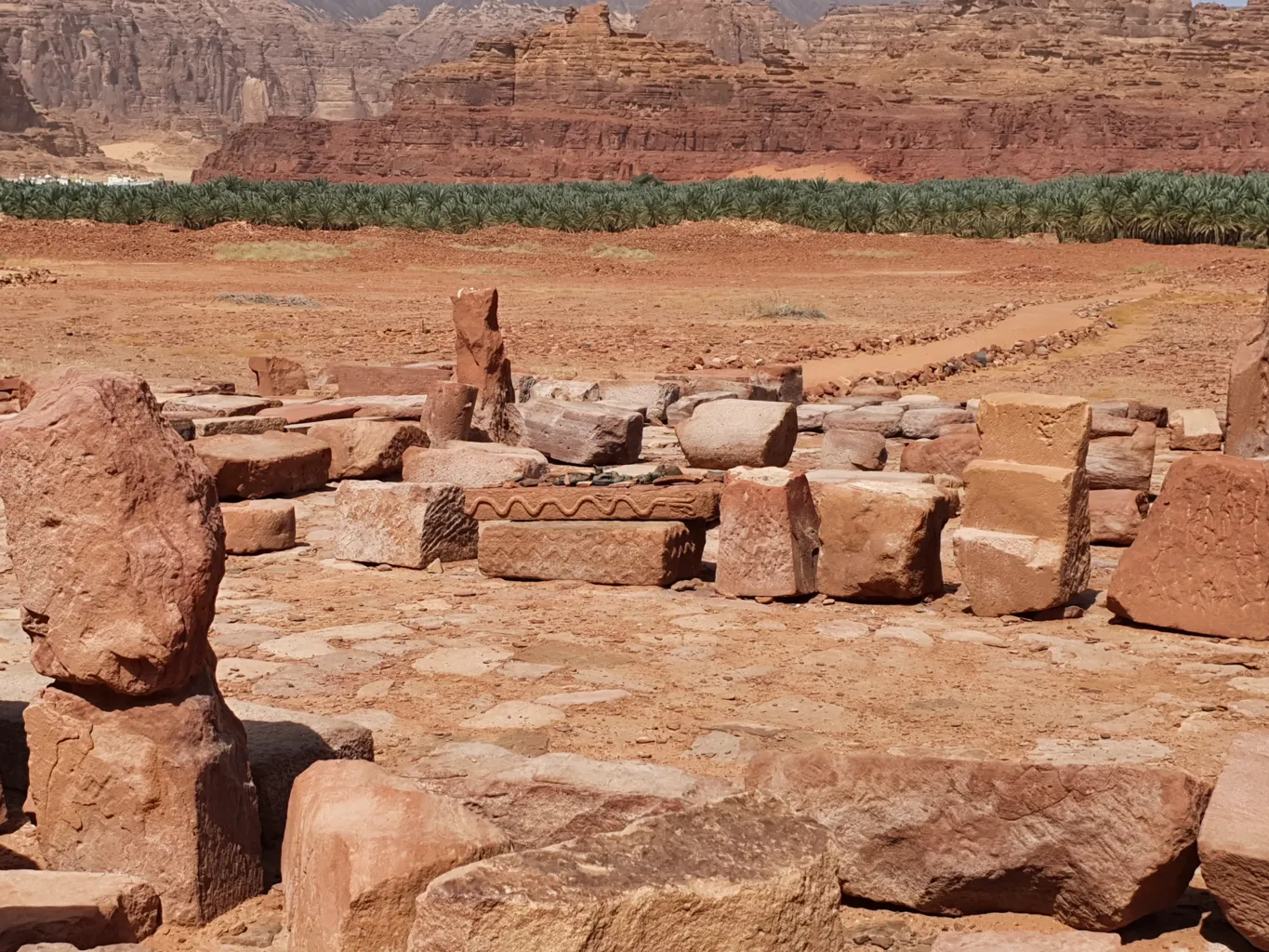
Visiting the Lion Tombs Today
As of 2022, those wishing to visit the Lion Tombs of Dadan can arrange their trip through the information center at Al-Ula Winter Park. This requirement ensures that the ancient site is preserved and that visitors receive a comprehensive understanding of its historical significance.
The Lion Tombs offer a unique glimpse into a civilization that, while not as well-known as its Nabataean successors, played a crucial role in the history of the Arabian Peninsula. Through their rock-cut tombs and the silent guardians carved upon them, the Dadanite people continue to tell their story.
Sources:

